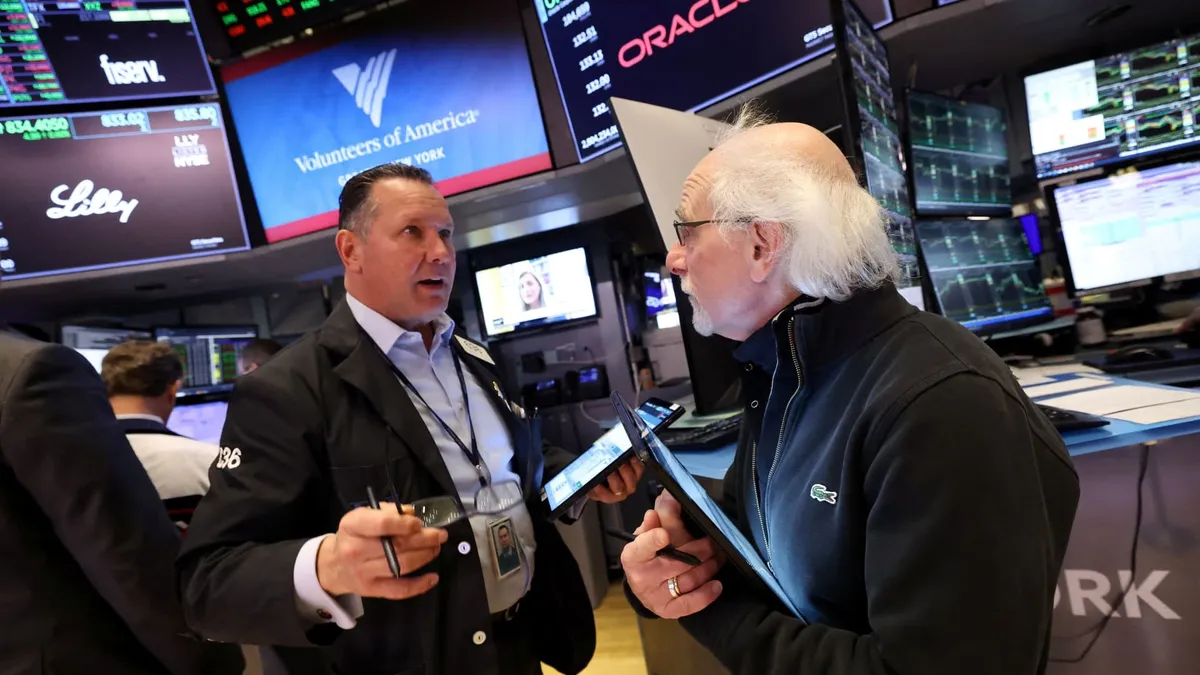
What do you call a half month spent navigating one of the most volatile markets in years? This period has been characterized by a rapid exodus from U.S. dollar assets, a hypersensitivity to every policy announcement, and a remarkable equity rally that has recovered a significant portion of previous losses while still leaving much confusion in its wake. This backdrop sets the stage for understanding the recent rebound of the S&P 500 and other major indices, which have shown a notable recovery in the past 14 trading days.
The swift recovery of the S&P 500, which has surged more than 10% from its closing low and a striking 14% from the intraday trough on April 7, can be attributed to prevailing doom-and-gloom sentiment combined with extreme technical conditions following a sharp 20% drop over seven weeks. This rapid rebound has been fueled by a chaotic exit from Treasuries and the U.S. dollar, creating a hopeful environment that was partially filled by buyers reacting to mixed signals from the Trump administration regarding trade tensions.
So, what does this rally signify? The S&P 500 has managed to recover half of its total decline on a closing basis and slightly more from the low recorded on April 7. Historically, high-stress, low-conviction markets tend to rush towards their next test, and this instance has moved right into the noteworthy gap left by the panicked sell-off that occurred on April 3, following President Trump’s announcement of punitive tariffs. The statistical characteristics of this rapid partial recovery have garnered significant attention, especially with strong market breadth and several unusually large daily gains indicating potential for positive market performance over the next six to twelve months.
One of the key indicators to watch is the Zweig breadth thrust, which was triggered recently, signifying a clustering of extreme positive breadth days following oversold conditions. Historically, the S&P has never been lower six to twelve months after such an occurrence, although some skeptics argue that false positives have become more frequent. Interestingly, these signals, which used to appear every four years, have become more common in recent years, likely due to the rise of ETFs and other trading products.
Other encouraging patterns have emerged, including the fact that all stocks in the Nasdaq 100 rose on a given Tuesday, and the S&P 500 recorded three consecutive daily gains of at least 1.5% from Tuesday through Thursday. Historically, these occurrences have led to positive stock performance over the following year. However, these patterns rely on relatively small sample sizes, and short-term volatility can still present challenges.
Despite these encouraging indicators, some analysts caution that the market's internal momentum has been unconvincing, with key indexes now in a defined downtrend. Chris Verrone from Strategas Research highlights that even if the current low is established, it’s typical for about 80% of serious pullbacks to revisit their lows for a retest. Retail investors have remained active, purchasing into market weakness, but the question remains: will this be a unique correction cycle where the broader public is not completely deterred and is instead rewarded quickly?
The ongoing market rally hinges on the perception that there is still a window for de-escalating the harshest trade measures imposed by the Trump administration. This perception is critical, especially as soft economic data has started to show signs of deterioration. The disparity between consumer confidence and unemployment data has widened, indicating potential underlying issues in the economy.
As we enter the first-quarter earnings season, the typical trend of 70% of companies exceeding forecasts has continued, albeit with a general hesitance from management regarding future outlooks. The tariff overhang remains a significant factor, creating uncertainty in predicting market movements.
As the S&P 500 recovers from recent lows, the path to reclaiming the entirety of the losses from February to April appears to be increasingly challenging. Historical instances of market rebounds following crises suggest that while short-term volatility may persist, a supportive bid often appears near the 20% loss threshold. However, the current environment is complicated by macroeconomic uncertainties, erratic policymaking, and a cautious Federal Reserve.
To sustain upward momentum, recent signs of easing trade tensions must translate into tangible progress, fostering genuine confidence in the economy. For now, the market's achievements are notable, but the journey ahead holds much more to prove.